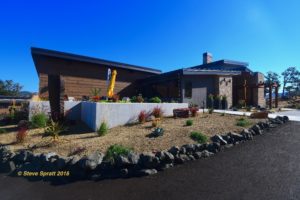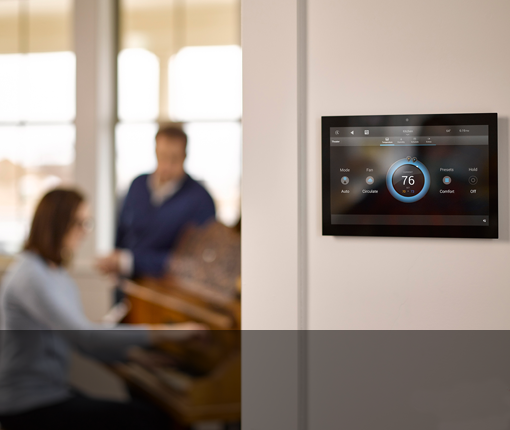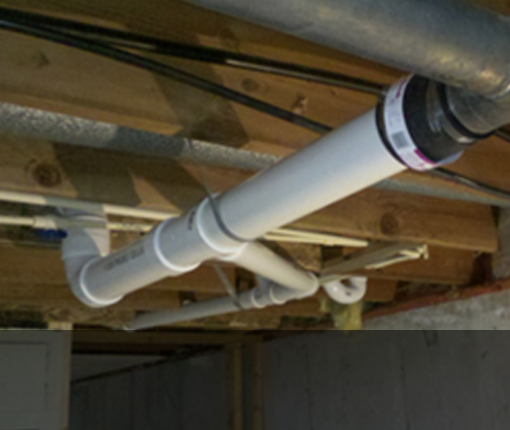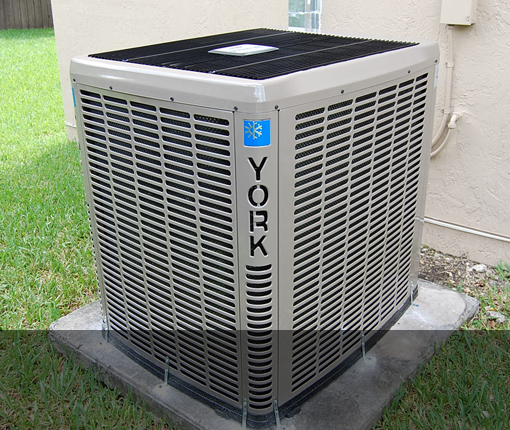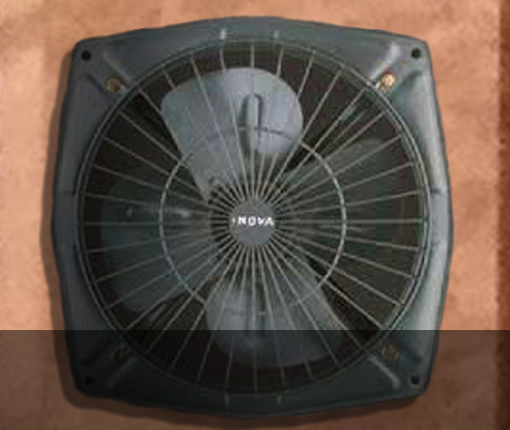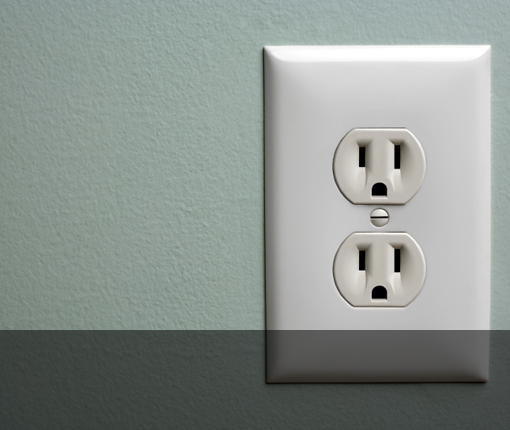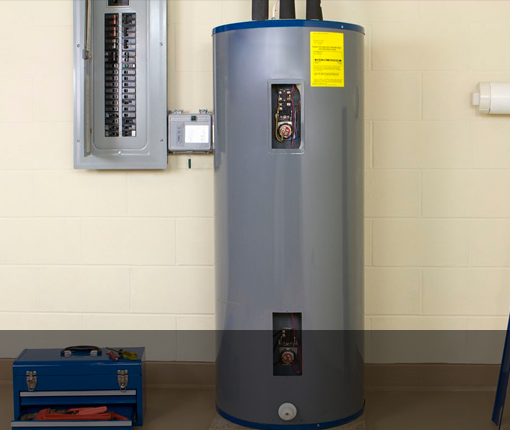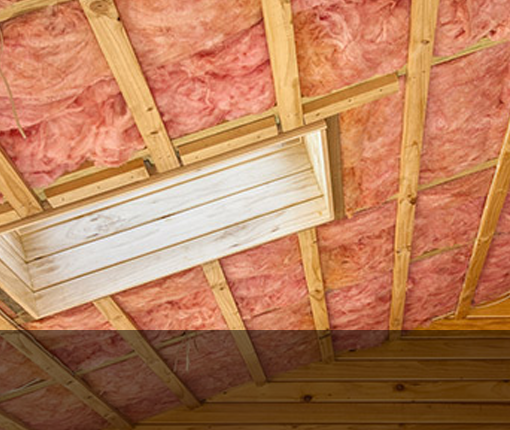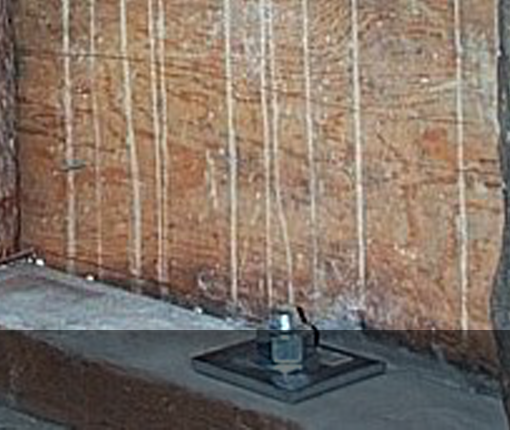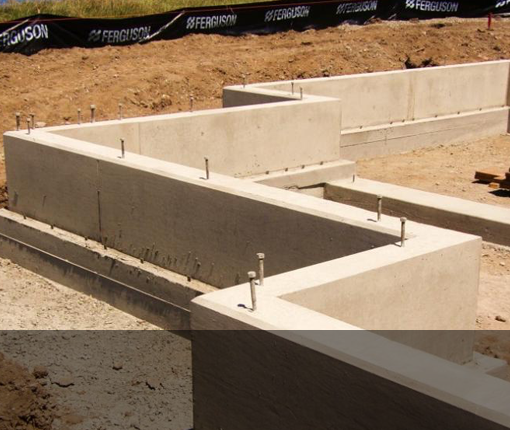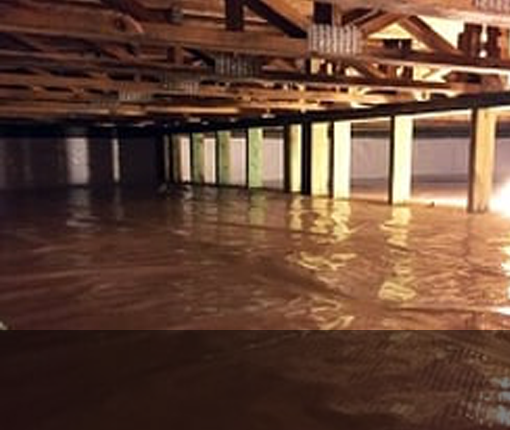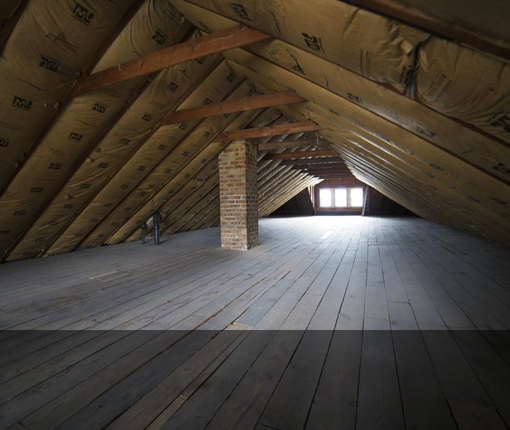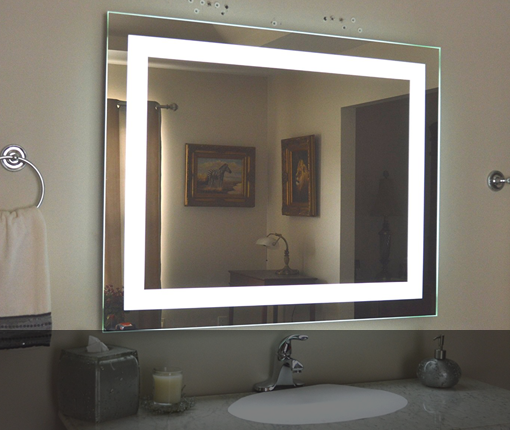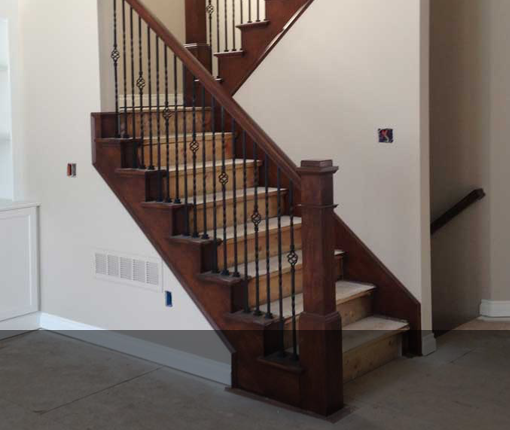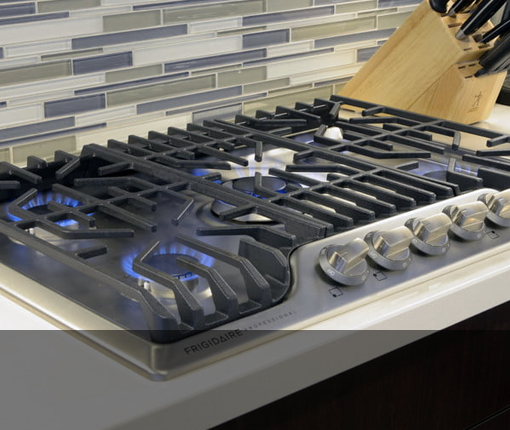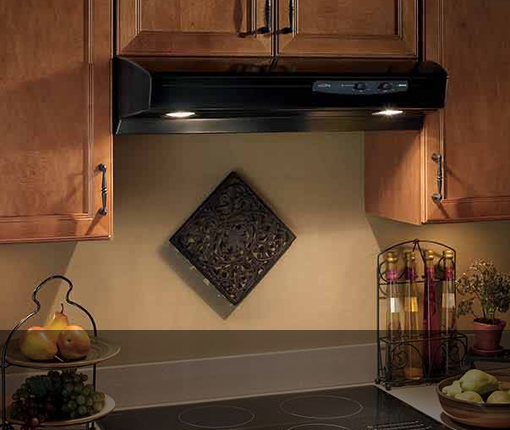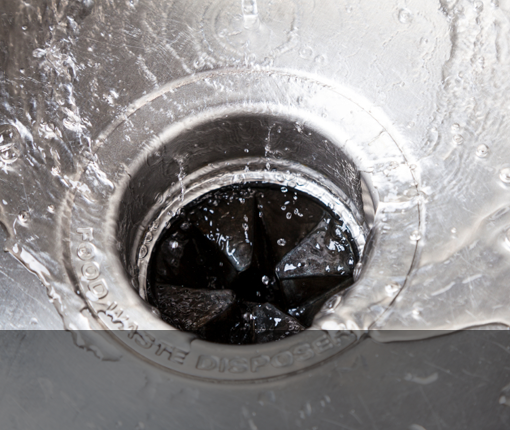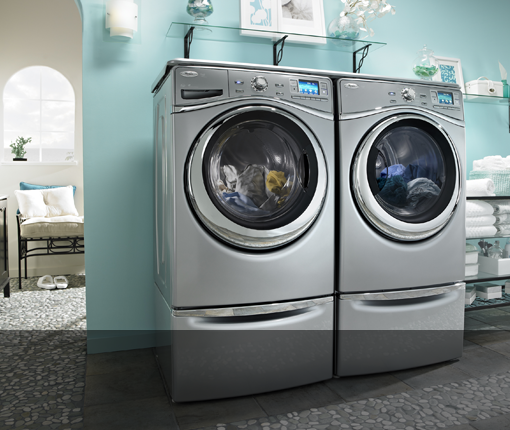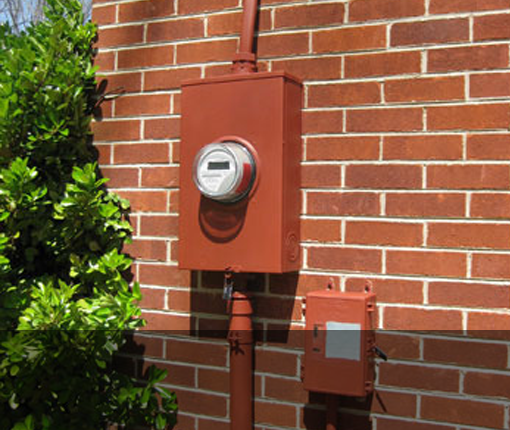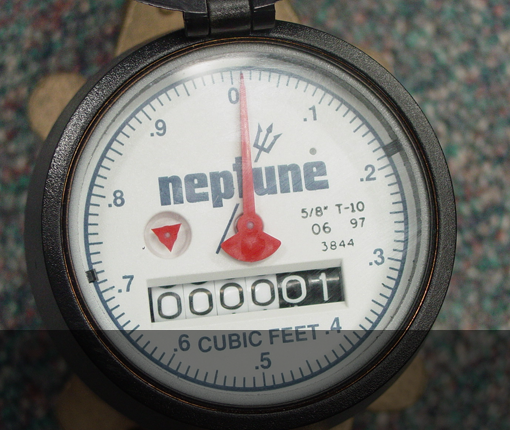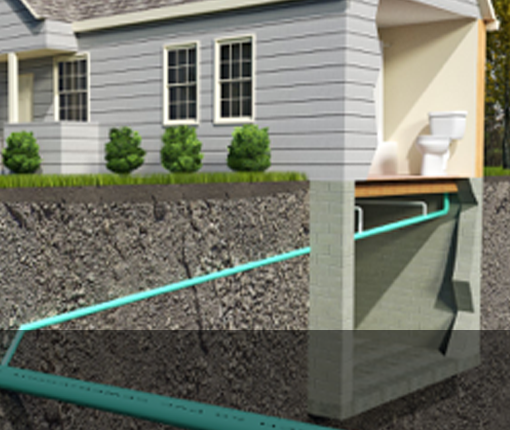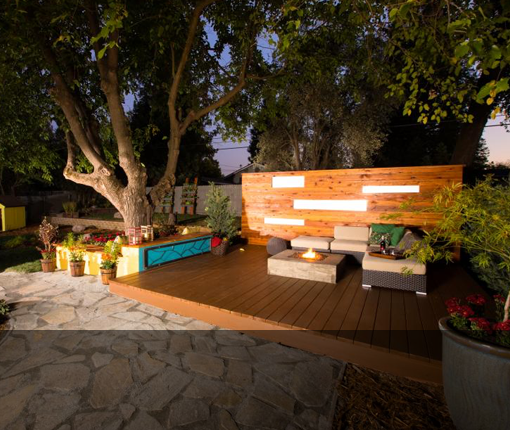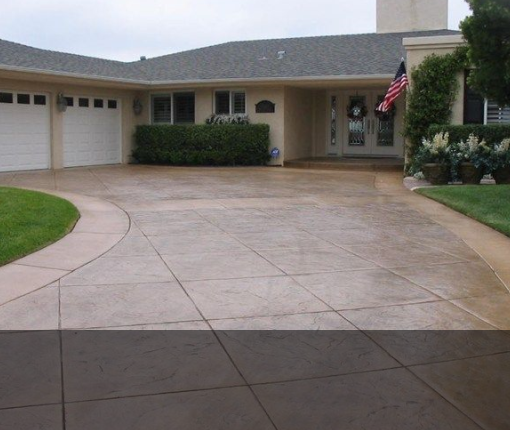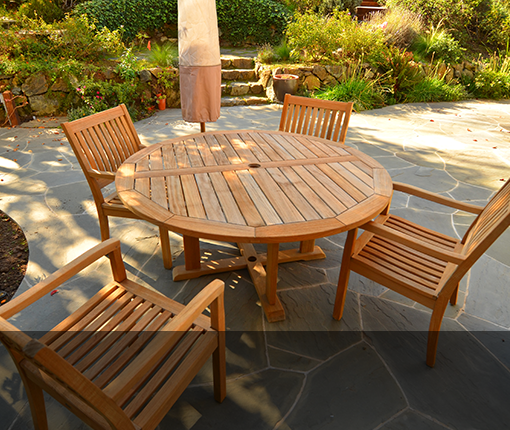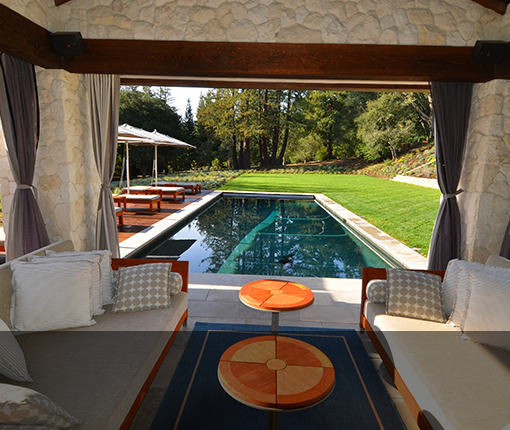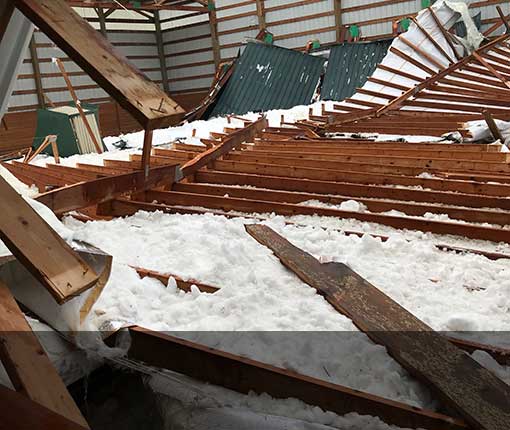Lawns
Americans love nice green grass. There are some 50,000 square miles of it growing in America. That means more land is devoted to growing domestic lawns than any other agricultural crop. They also suck up 60% of all the domestic water used. Before the 19th century only institutions and the most stately homes had lawns. That was mainly because of the cost to maintain them. There were no lawn mowers or Ortho fertilizer spreaders at that time, so taking care of any size lawn was a large amount of work. A herd of sheep were kept in Central Park just to keep the grass under control there.
Mowers
In 1830 that a power mower was finally invented. It was big, had to be pulled by horses and weighted over 3000 pounds. Steam powered mowers soon followed and as technology always does mowers got smaller, lighter and more affordable…quickly. By 1875 well-trimmed lawns were basically a standard feature of life in the USA.
The grass plant is by nature a simple organism. It basically just wants to grow to about 2 feet tall from late spring to summer, then turn brown and die. It takes a lot of human intervention work to coerce grass into being what WE want for our traditional lawn. Selective breeding, heavy irrigation, weed removal, pest control, fertilizers, aeration, insect control and mowing and raking are all needed to keep an average front lawn looking spiffy and green.
Water use
Because traditional grass lawns require enormous amounts of water, they have fallen out of favor in the drought stricken west. Instead, new landscapes are often designed as grass free or offer small low-water grass areas as attractive accents and features. At our new home we dispensed with the lawn altogether with a xeriscape design. In fact we dispensed with about everything living except a few trees and some cacti.
Nevertheless, there are many large grass lawns still out there. They represent a sizable investment and they all need proper care. I’m not going to go into a deep discussion about the care and feeding of grass. There is plenty of that already out there and ready available. Instead I will leave this page more as a rundown of pros, cons and alternatives.



